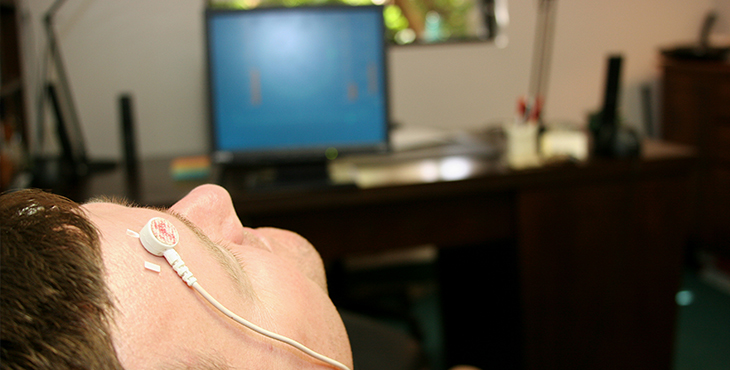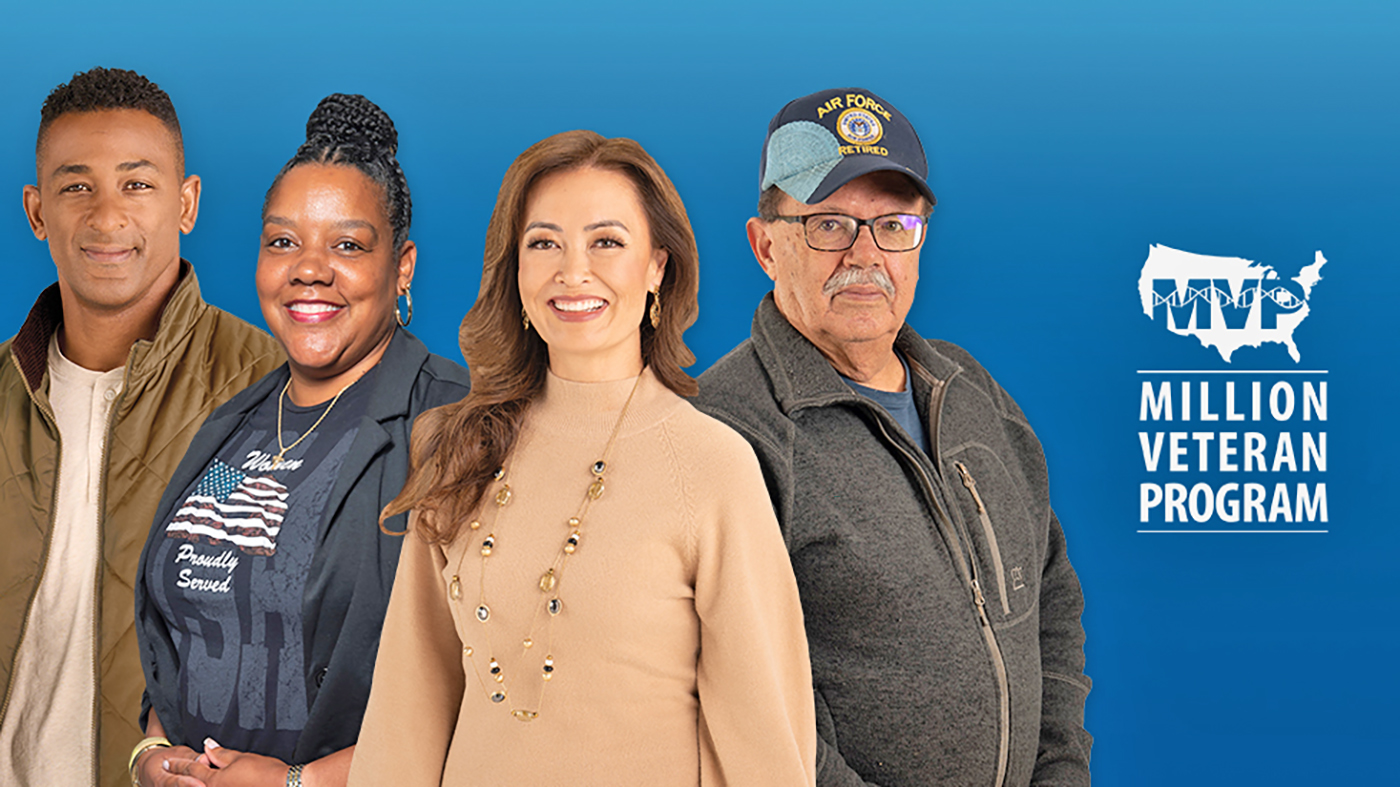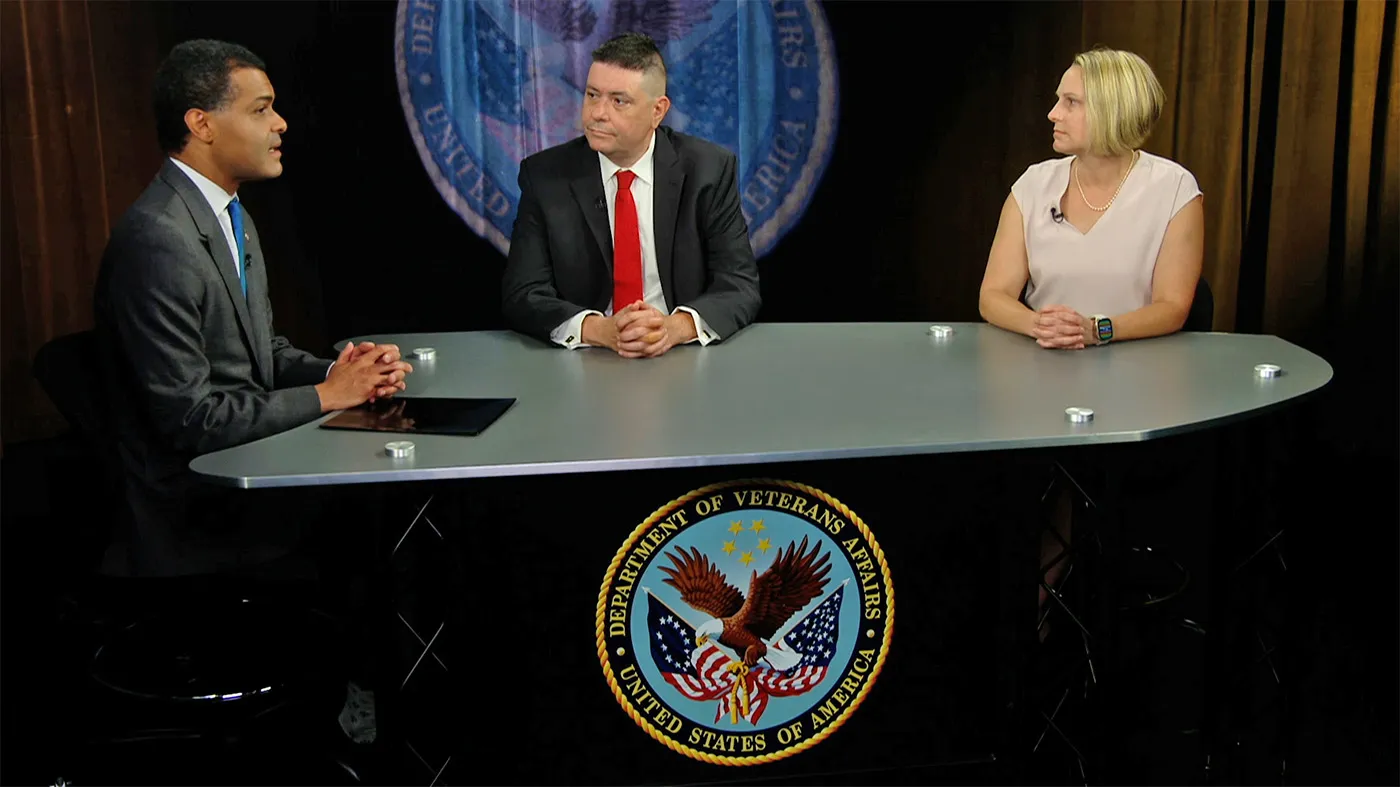A literature review by VA and Oregon Health & Science University researchers confirmed that biofeedback can help several health problems. Studies show that biofeedback can ease headache pain, improve incontinence, and aid in stroke recovery.
“We are encouraged by the positive findings and the additional findings of potential benefits for a wide range of conditions,” said Portland-based study author Dr. Karli Kondo of the VA Evidence Synthesis Program. “Biofeedback is a low-risk, cost-effective intervention. We hope that this report will help to make biofeedback more widely available to Veterans across the U.S., and that it will serve as a roadmap for future research in the field.”
Biofeedback uses instruments to measure and provide real-time feedback on patients’ physiological responses. It can help patients learn to control and change those responses.
It also measures muscle activity, heart rate, blood pressure, and brainwaves, and is often paired with treatments to change behavior, thoughts, or emotions. For example, using electromyography (EMG) to measure how muscles tighten may help patients consciously control those muscles.
In 2017, about 70 VA facilities reported offering some form of biofeedback.
The researchers’ new “evidence map” summarizes what the studies have found: biofeedback is effective for headache pain.
Strong evidence also exists showing that biofeedback can help urinary incontinence for men who have had their prostate removed. In this case, EMG is used to augment pelvic floor muscle training. Adding biofeedback provides immediate and long-term improvements beyond those seen with muscle training alone.
The evidence shows that biofeedback helps with several other conditions, although with fewer trials than were found for headaches or incontinence. For instance, EMG biofeedback can help with fecal incontinence in older people, and in young women who recently gave birth. Adding biofeedback can also play a role in stroke rehab.
The study was funded by the VA Quality Enhancement Research Initiative (QUERI).
Visit the VA Research website to learn about other VA research on complementary and integrative health approaches.
Topics in this story
More Stories
Diverse representation of women in health care research allows MVP to make discoveries for women’s health
Join the Million Veteran Program online. You will have the option to receive an at-home blood sample collection kit in the mail.
VHA's new podcast series, New Horizons in Health, features a candid discussion of psychedelic assisted therapies for Veterans experiencing mental health conditions.







I have done biofeedback and it was so helpful with my PTSD. I had to pay for it myself as my VA would not offer it to me. It took about a year, but there is a device called Alphastim that is amazing for PTSD and pain management. My VA would not help me until I asked for help from the Washington DC help line. They helped me get the device and I am feeling so much better. It isn’t a cure and I still seek help when I need it, but this machine is great for anxiety and sleep management.
I am also scuba diving with a nonprofit organization called WAVESproject. It is a challenge for me but I feel I am starting to find some daylight on my struggles.
I seem to notice the majority of the help veterans are receiving is through nonprofit organizations, not the VA. I am finding the VA and it’s constant denial of support and help was adding to my suicidal thoughts and behaviors. The further I get away from them, the better I feel. It is painful to say that, but it is my experience.